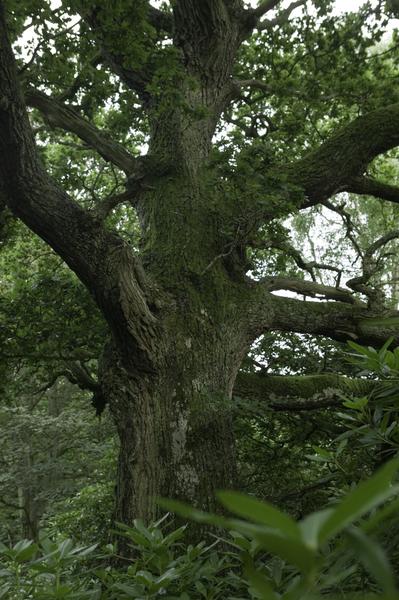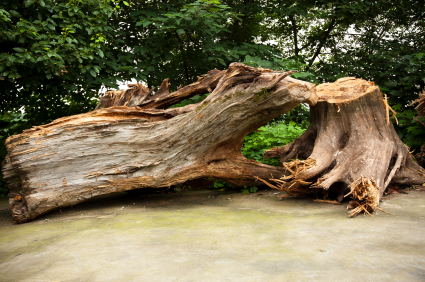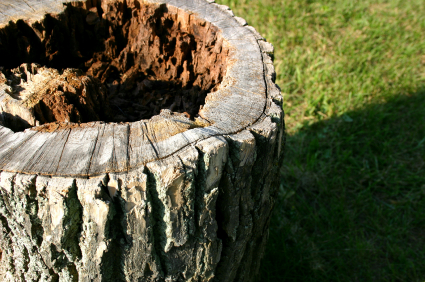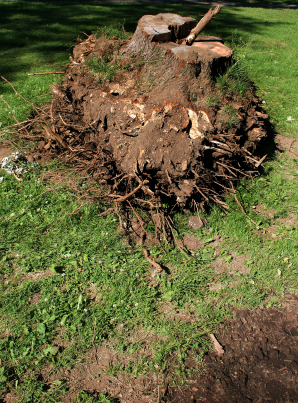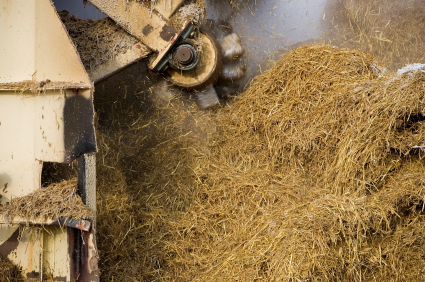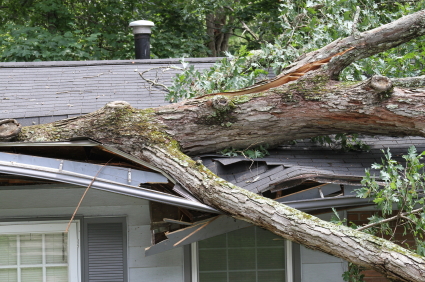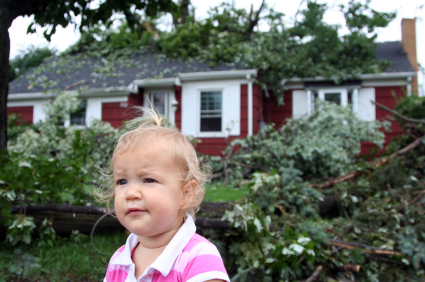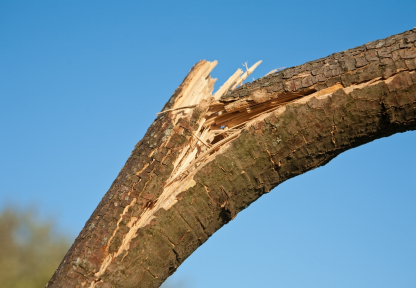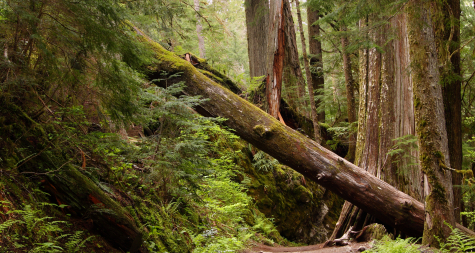Tree branches can fall off during a storm, when you are trimming a tree down, or when something heavy hits them. You shouldn’t just throw these branches in the trash because there are a ton of different things you can do with them. Tree branches are versatile and appealingly woodsy without being dirty or causing messes. Read on to learn more about tree branch uses.
Things you can make with tree branches:
– Twig Lamps/Shelves – Surround existing furniture with wood/twigs to give them a natural look.
– Bean or Pea perch – The branches will act as natural support in the garden on which beans and peas can grow.
– Rustic coasters – Cut slices of a thicker branch and finish them to use as coffee table coasters.
– Stepping stones – Use slices of the tree trunk as stepping stones in your yard.
– Coat/Key Holder – Hang a coat or keys on branches with small upward jutting extensions.
– Home décor – Plant large interesting looking branches in pots or cut unique slices and put around your house like mineral rock rounds.
– Dog Toy – Give branches to your best friend as a chew toy or fetch toy. Watch for splintered pieces.
– Vase – Hollow out the middle of thicker stumpy branches.
– Table centerpiece – Decorate a bunch of branches with ribbons and bows. Then, place them in a clear vase.
– Family tree – Attach branches to a poster board or within a frame. Attach family pictures and start labeling.
– Slingshots – Using a Y-shaped branch, attach a rubber band to the end of each split.
– Curtain holder – In place of metal rods
– Paper towel stand
– Kindling for fire
Leftover branches
If you have more tree branches than you do ideas, TalkLocal can help you find a local tree removal service. Just enter your problem and availability onto the TalkLocal website and let them do all the work. Within minutes you will be connected to someone who can help you out around your schedule.


